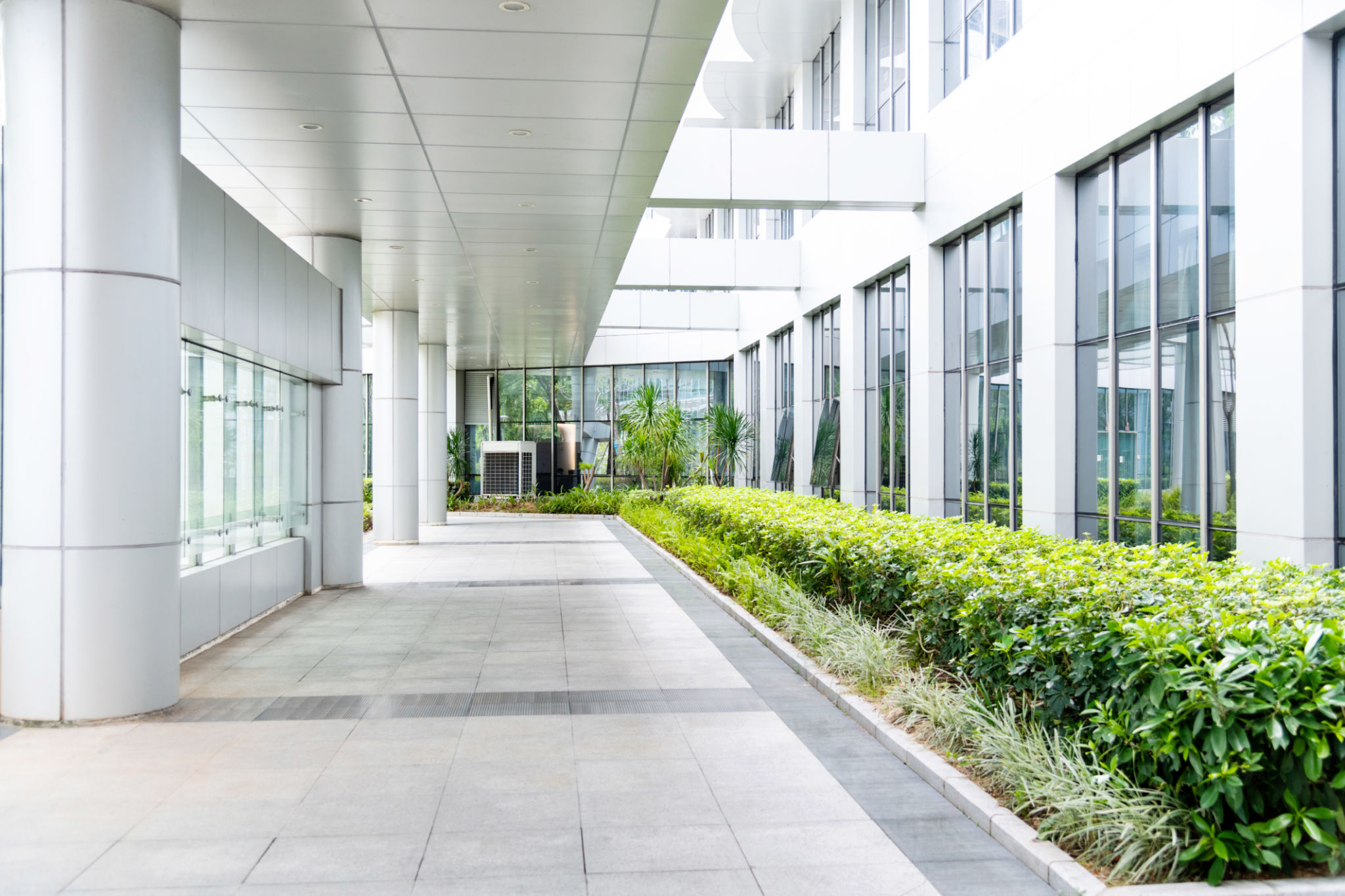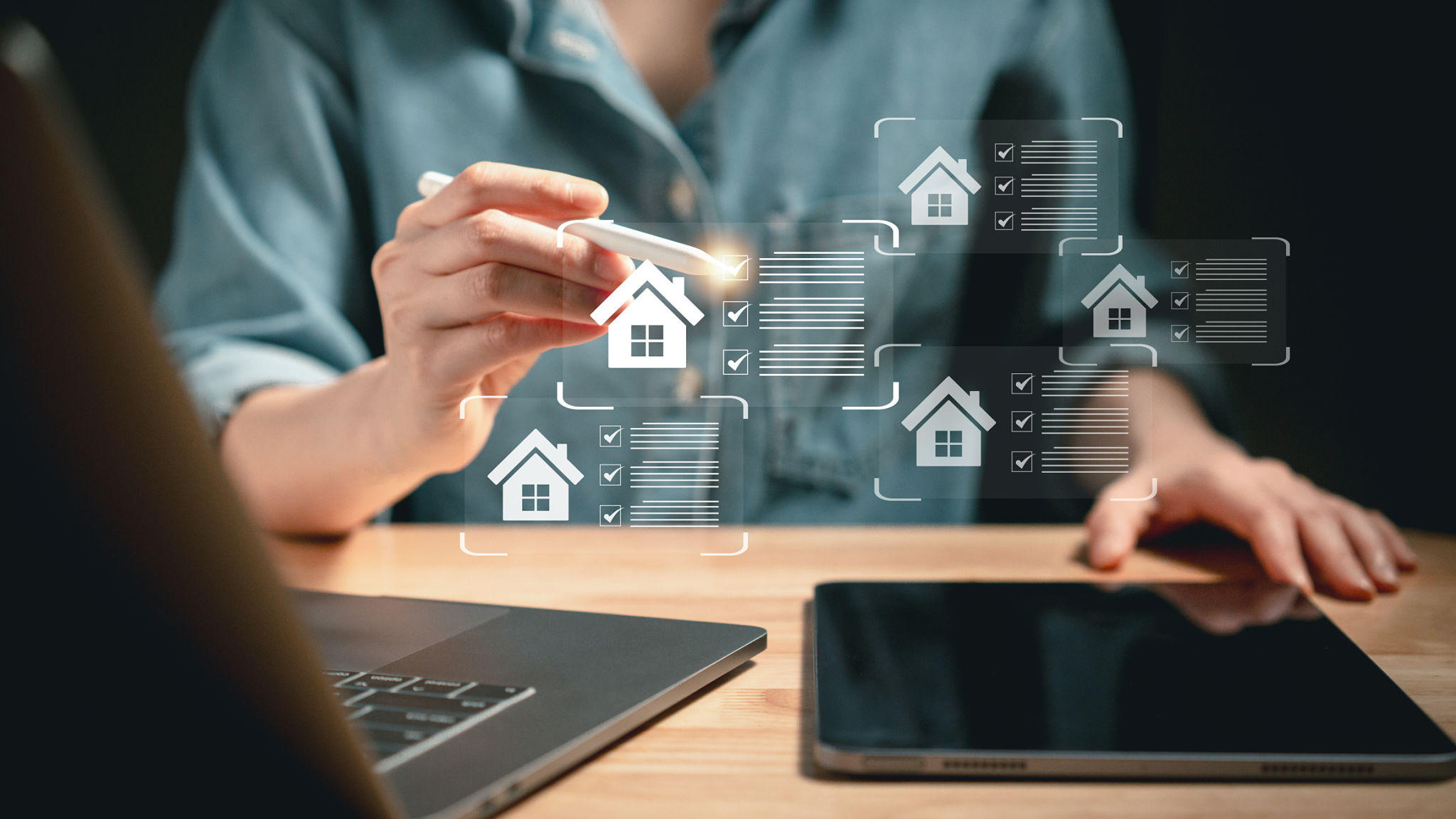The Benefits of Eco-Friendly Construction Techniques in Manhattan
Understanding Eco-Friendly Construction
Eco-friendly construction, also known as sustainable or green building, is a method that minimizes the environmental impact of building projects while promoting sustainability. This approach is particularly relevant in densely populated urban areas like Manhattan, where the demand for new buildings continues to rise. By incorporating eco-friendly construction techniques, developers can significantly reduce energy consumption, decrease waste, and create healthier living environments.

Energy Efficiency and Cost Savings
One of the primary benefits of eco-friendly construction techniques is improved energy efficiency. By using energy-efficient materials and systems, buildings can reduce their overall energy consumption. This not only helps in conserving resources but also leads to substantial cost savings for building owners and tenants. In Manhattan, where utility costs are notoriously high, energy-efficient buildings can result in significant financial savings over time.
For example, the use of high-performance insulation, energy-efficient windows, and LED lighting can drastically cut down on electricity usage. Additionally, incorporating renewable energy sources like solar panels or wind turbines can further enhance a building's sustainability profile.
Reducing Environmental Impact
Eco-friendly construction techniques aim to minimize the environmental impact of buildings throughout their lifecycle. This includes reducing waste during construction, using sustainable materials, and ensuring the efficient operation of the building once completed. In a bustling metropolis like Manhattan, reducing construction waste is crucial due to limited landfill space.

Using materials such as reclaimed wood, recycled steel, and low-VOC paints not only lessens the environmental footprint but also promotes a healthier indoor environment. These materials are often sourced locally, which reduces transportation emissions and supports local economies.
Improving Indoor Air Quality
Another significant advantage of eco-friendly construction is the improvement of indoor air quality. Traditional construction materials can emit harmful pollutants, contributing to health issues for occupants. By choosing low-emission materials and ensuring proper ventilation systems are in place, eco-friendly buildings provide a healthier living environment.

This is particularly important in urban areas like Manhattan, where residents spend a considerable amount of time indoors. Improved air quality can lead to better health outcomes and increased productivity for those who live and work in these buildings.
Enhanced Property Value
Eco-friendly buildings are known to have higher property values compared to their conventional counterparts. As awareness of environmental issues grows, more buyers and renters are seeking sustainable living spaces. In Manhattan's competitive real estate market, having an eco-friendly building can be a significant selling point.
The enhanced durability and lower operating costs associated with green buildings also contribute to their higher market value. Investors are increasingly recognizing the long-term benefits of sustainable properties, making them a wise financial choice.

Supporting Urban Sustainability
Finally, embracing eco-friendly construction techniques supports broader urban sustainability goals. By reducing energy consumption, decreasing waste, and promoting healthier living environments, these buildings help address some of the critical challenges faced by cities like Manhattan.
As urban populations continue to grow, sustainable development becomes increasingly essential. Eco-friendly construction not only provides immediate benefits but also plays a vital role in shaping a more sustainable future for Manhattan and similar urban environments.